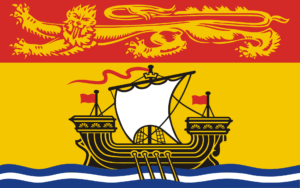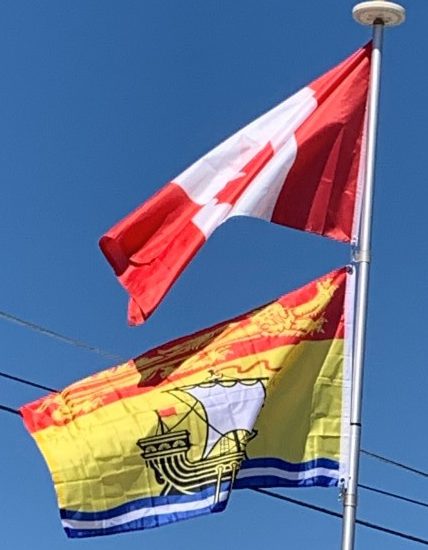
Mining was historically unimportant in the province, but since the 1950s has grown and in 2012 was an estimated $1.1 billion. Mines in New Brunswick produce lead, zinc, copper, and potash.
Transportation:
The Department of Transportation and Infrastructure maintains government facilities and the province’s highway network and ferries. The Trans-Canada Highway is not under federal jurisdiction, and traverses the province from Edmundston following the Saint John River Valley, through Fredericton, Moncton, and on to Nova Scotia and Prince Edward Island.
Via Rail’s Ocean service, which connects Montreal to Halifax, is currently the oldest continuously operated passenger route in North America, with stops from west to east at Campbellton, Charlo, Jacquet River, Petit Rocher, Bathurst, Miramichi, Rogersville, Moncton, and Sackville.
Canadian National Railway operates freight services along the same route, as well as a subdivision from Moncton to Saint John. The New Brunswick Southern Railway, a division of J. D. Irving Limited, together with its sister company Eastern Maine Railway form a continuous 190 mile main line connecting Saint John and Brownville Junction, Maine.

Major passenger airports are located in Fredericton, Moncton, and Saint John.
Flag of New Brunswick:
The flag of New Brunswick consists of a golden lion passant on a red field in the upper third and a gold field defaced with a lymphad on top of blue and white wavy lines in the bottom two-thirds. Adopted in 1965 shortly after the new national flag was inaugurated, it has been the flag of the Canadian province since February 24 of that year. It is a banner of arms modeled after the province’s coat of arms.

New Brunswick acquiesced to a federation with the other colonies of Nova Scotia and the United Province of Canada in 1867 under the British North America Act to form the Dominion of Canada. A year later, Queen Victoria issued a Royal Warrant on May 26 allowing the new province to use its own coat of arms. At the time, this consisted solely of a shield, with the crest, supporters, and motto added throughout the latter half of the 20th century.
It was not until 1965 that the Government of New Brunswick resolved to introduce an unprecedented “distinctive provincial flag”. This was done shortly after the Canadian Red Ensign, which had been used unofficially as the national flag, was replaced on February 15, 1965, by a new design featuring a maple leaf. There were still parts of Canada where imperialist nostalgia was strong, and ruing the demise of the Red Ensign, they sought to have it modified as a provincial flag. This is what occurred in Ontario (1965) and Manitoba (1966).
In New Brunswick, the parliamentary opposition party – the Progressive Conservatives at that time – had plans to table a motion approving the Red Ensign as the new provincial flag. This would have had particularly detrimental ramifications given the province’s history of French and British settlement. Although the British had forcibly removed the Acadians from present-day New Brunswick during the mid-18th century, some of them returned after the deportations ended. Consequently, the province was still strongly divided by language, ethnicity, and religion, with English-speaking descendants of British colonists and Loyalists forming the majority and French-speaking Acadians comprising a sizeable minority of approximately 35%.
